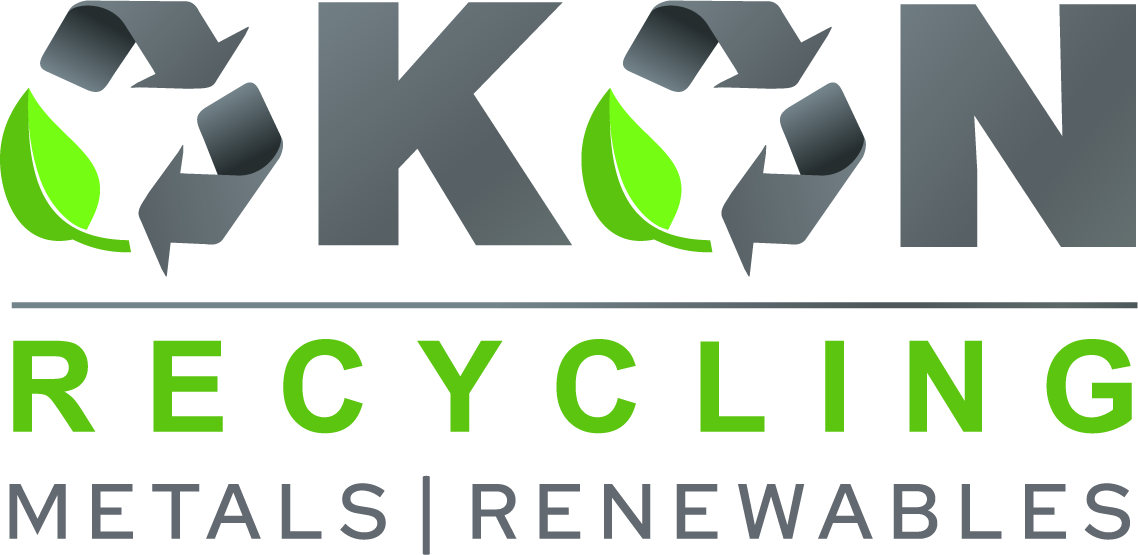5901 Botham Jean Blvd, Dallas, TX 75215
Understanding Copper Recycling Prices: A Comprehensive Guide
March 21, 2025Did you know that recycling copper uses up to 85% less energy than mining and refining new copper ore? This fact highlights why copper recycling prices are crucial in today’s sustainability-focused economy. As the world grapples with resource scarcity and environmental concerns, the value of recycled copper has never been higher.
Copper recycling prices fluctuate based on a complex interplay of market forces, global economic trends, and material quality. For businesses and individuals, understanding these dynamics is key to maximizing returns while contributing to a more sustainable future. This guide explores the factors that drive pricing and how participants can navigate this volatile yet rewarding market.
From construction sites to electronics manufacturers, the demand for copper remains high. Since recycled copper can be reused indefinitely without loss of quality, it has become a cornerstone of the circular economy. But what determines the price you’ll get for that spool of wire or batch of pipes? Let’s unravel the complexities of copper recycling prices and equip you with the knowledge to make informed decisions in this dynamic marketplace.
Types of Recyclable Copper and Their Price Variations
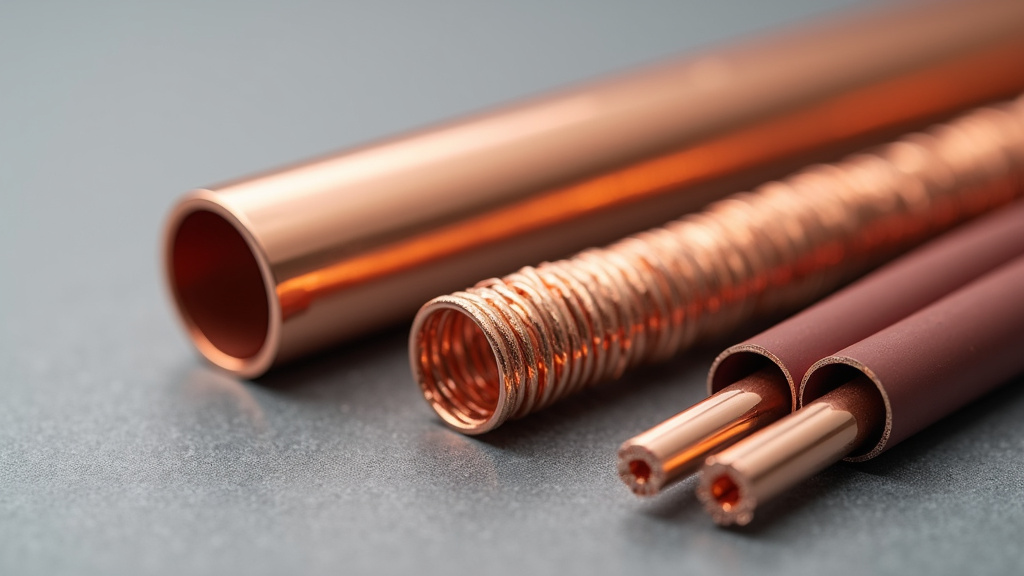
In scrap metal recycling, copper stands out as one of the most valuable materials. However, not all copper scrap is the same. The recycling industry recognizes several grades of copper, each with its own price point. Understanding these differences can help you maximize the value of your scrap copper and make informed decisions when selling to recyclers.
Bare Bright Copper: The Gold Standard
At the top of the copper hierarchy is bare bright copper. This grade refers to clean, unalloyed copper wire free from any coating or contamination. Typically sourced from electrical wiring, bare bright copper is valued for its purity and ease of recycling.
Recent market data shows bare bright copper fetching premium prices, with ScrapMonster reporting rates of $3.89 to $4.01 per pound across different regions of the United States. This grade often commands prices just below newly refined copper, making it highly desirable for scrap dealers and recyclers.
#1 Copper: Clean and Valuable
#1 copper is the next tier in quality. This grade includes clean copper tubing, bus bars, and heavy-gauge wire free from solder, paint, or other coatings. While not as pure as bare bright, #1 copper still holds significant value in the recycling market.
Current price ranges for #1 copper typically fall between $3.69 and $3.91 per pound, reflecting its high quality and minimal processing requirements. Homeowners renovating plumbing or electricians with leftover wire often have this grade of copper.
#2 Copper: Still Valuable, Despite Imperfections
#2 copper includes a broader range of materials, such as copper with light coatings, soldered connections, or minor corrosion. This grade might include copper roofing materials, some appliance components, or wire with attached fittings.
While less valuable than its purer counterparts, #2 copper still holds significant worth. Recent market data shows prices ranging from $3.59 to $3.81 per pound, demonstrating that even copper with some impurities remains a valuable recycling commodity.
Other Common Forms of Recyclable Copper
Beyond these primary grades, several other forms of copper scrap have established markets:
- Insulated Copper Wire: Prices vary based on copper content, with 85% recovery wire fetching around $1.73 per pound, while 50% recovery wire commands about $1.54 per pound.
- Copper Radiators: These mixed-metal components, often containing brass and aluminum, typically sell for around $2.59 per pound.
- Christmas Lights: An unexpected source of copper, old holiday lights can be worth about $0.25 per pound due to their copper content.
| Grade Type | Typical Items | Purity Level | Price Range (per pound) |
|---|---|---|---|
| Bare Bright | New wire, bus bar | 99%+ | $3.89 – $4.01 |
| #1 Copper | Copper tubing, bus bars | 98%+ | $3.69 – $3.91 |
| #2 Copper | Coated wire, pipes | 94-96% | $3.59 – $3.81 |
| Insulated Copper Wire (85% recovery) | – | – | $1.73 |
| Insulated Copper Wire (50% recovery) | – | – | $1.54 |
| Copper Radiators | – | – | $2.59 |
Factors Influencing Copper Scrap Prices
Several factors contribute to the price variations between copper grades:
- Purity: Higher copper content translates to higher value, as it requires less processing.
- Processing Required: Grades needing minimal treatment before refining command premium prices.
- Global Demand: Copper prices fluctuate based on worldwide industrial and construction needs.
- Location: Urban areas with higher competition among scrap buyers often offer better prices than rural locations.
Understanding these distinctions can help you sort and prepare your copper scrap more effectively, potentially increasing your earnings from recycling. Remember, prices fluctuate daily based on market conditions, so it’s wise to check current rates with local scrap yards or online resources before selling.
By recognizing the value in different copper grades, you’re not just recycling – you’re participating in a global market that turns discarded materials into valuable resources. Whether you’re a homeowner tackling a renovation project or a contractor with regular scrap metal accumulation, knowing your copper can translate directly into more money in your pocket.
Current Trends in Copper Recycling Prices
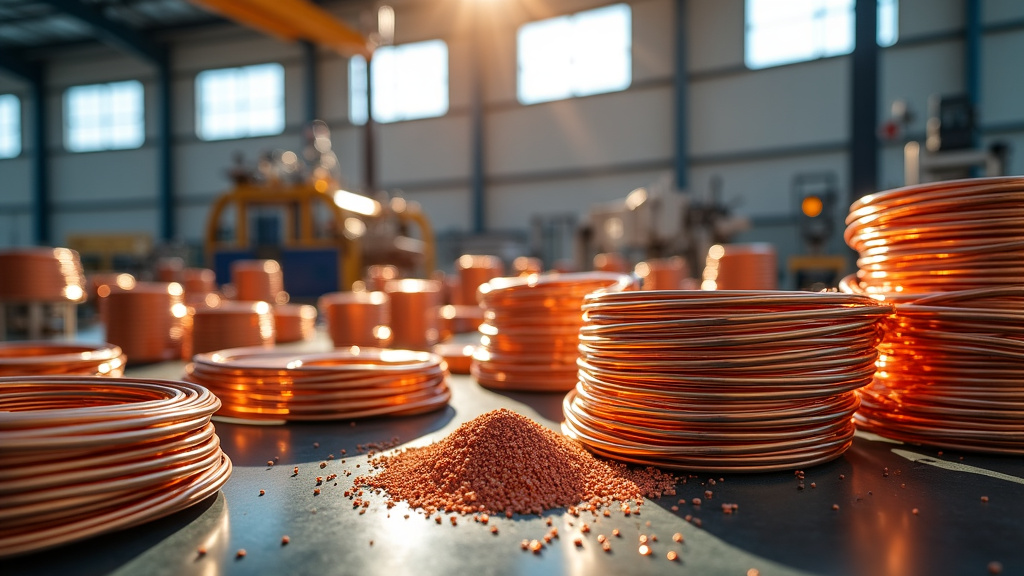
The copper recycling market has seen significant volatility recently, driven by technological advancements, environmental regulations, and changing global trade dynamics. Understanding these trends is crucial for stakeholders as they navigate this evolving landscape.
One notable trend is the impact of supply constraints on copper prices. Global growth in refined copper supply is struggling to match demand due to challenges like limited mine expansions and stricter environmental regulations. This has increased the emphasis on secondary supply sources, especially recycled copper. Industry forecasts indicate that production from scrap is expected to grow at a compound annual growth rate (CAGR) of 4.2% over the next decade, surpassing the 2.1% CAGR anticipated for primary production.
Technological advancements are pivotal in shaping the copper recycling market. Innovative sorting and separation technologies, particularly sensor-based solutions, are emerging as promising tools for improving the efficiency and quality of recycled copper. However, many of these technologies are still in the early stages of copper-specific applications, and widespread industry adoption is a future prospect.
Environmental Regulations and Sustainability Initiatives
Environmental concerns and regulatory pressures are increasingly influencing the copper recycling landscape. Many governments are introducing policies to promote recycling initiatives and encourage the collection and trade of copper scrap. These developments are expected to bolster the secondary copper market, further solidifying its role in the global supply chain.
An example is the European Union’s Circular Economy Action Plan, which aims to double the use of recycled materials in the EU by 2030. This initiative has already begun to impact copper recycling prices, with some European recyclers reporting increased demand and higher premiums for high-quality copper scrap.
Global Trade Policies and Geopolitical Factors
The copper recycling market is also susceptible to geopolitical developments and changes in global trade policies. A prime example is the ongoing trade tensions between the United States and China, which have had ripple effects throughout the industry. Recently, Chinese buyers have reduced imports of U.S. origin copper scrap, significantly impacting export dynamics and prices.
| Date | Event | Impact on Copper Prices |
|---|---|---|
| Early 2025 | U.S. announced 10% levy on Chinese imports | Slowdown in Chinese demand for copper scrap imports, influencing global prices |
| November 2024 | Chinese importers halted U.S. copper scrap purchases | Potential loss of U.S. imports, leading to price volatility |
For instance, in early 2025, when the U.S. announced a 10% levy on Chinese imports, it created immediate market uncertainty. This led to a slowdown in Chinese demand for copper scrap imports, affecting global prices and trading patterns. Such geopolitical factors continue to create volatility in the copper recycling market, making price forecasting challenging.
Price Trends and Future Outlook
Despite these challenges, copper scrap prices have shown resilience. According to recent data from Fastmarkets, prices for high-grade copper scrap like Bare Bright Copper Wire have remained relatively stable, with discounts averaging around $0.12-0.16 per pound as of February 2025. However, export-heavy grades have begun to see wider price ranges, reflecting growing global uncertainty.
Looking ahead, the outlook for copper recycling prices remains cautiously optimistic. The increasing focus on sustainability and the circular economy is likely to drive demand for recycled copper, potentially supporting prices in the medium to long term. However, market participants should remain vigilant to short-term volatilities driven by geopolitical events and global economic conditions.
As the industry evolves, collaboration across the recycling chain will be crucial. A more coordinated approach between scrap collectors, processors, and end-users could potentially reduce overall costs and increase the recovery of copper and its alloys, contributing to a more stable and efficient market.
How Okon Recycling Can Help with Copper Recycling Prices
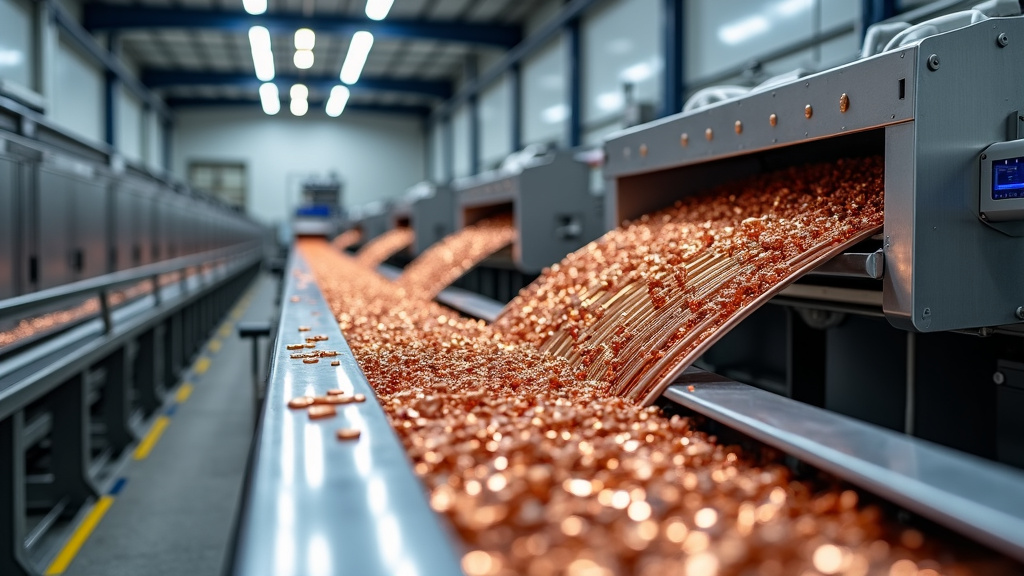
In the rapidly changing field of metal recycling, Okon Recycling stands out for its expertise and innovation. With over a century of experience, this industry veteran offers exceptional service in copper recycling.
Okon’s longevity reflects its resilience and ability to adapt in a dynamic market, translating into competitive pricing for clients looking to maximize the value of their copper scrap.
What distinguishes Okon in the crowded recycling service sector? It’s not just about buying scrap at fair prices; it’s about providing a comprehensive solution tailored to each client’s unique needs.
State-of-the-Art Facilities: The Backbone of Efficiency
At the core of Okon’s operations are advanced facilities that redefine recycling. These aren’t ordinary scrapyards; they’re high-tech hubs designed to extract maximum value from every pound of copper.
Advanced sorting technologies accurately identify and separate different grades of copper, preventing commingling that can reduce value. This precision allows Okon to offer prices that truly reflect the quality of the material they receive.
Moreover, Okon’s investment in efficient processing equipment enables handling of large volumes without sacrificing speed or accuracy. For businesses with substantial copper waste streams, this means quicker turnaround times and more frequent payouts.
Market Insight: Timing is Everything
Copper prices are notoriously volatile, influenced by a complex web of global economic factors. Okon’s team of market analysts keeps a constant pulse on these fluctuations, allowing the company to offer pricing that reflects real-time market conditions.
This insight benefits not just Okon but also its clients. By partnering with Okon, businesses gain access to market intelligence, empowering them to make informed decisions about when to sell their copper scrap for maximum return.
Furthermore, Okon’s understanding of seasonal trends and industry-specific demands allows them to provide tailored advice on optimal recycling schedules. This customization is particularly valuable for industries with cyclical waste generation patterns.
Tailored Solutions: One Size Does Not Fit All
Recognizing that each client’s recycling needs are unique, Okon Recycling has developed a suite of flexible services. From on-site collection for large industrial clients to convenient drop-off options for smaller generators, Okon ensures that recycling copper is as hassle-free as possible.
For businesses with consistent copper waste streams, Okon offers long-term contracts that provide price stability and guaranteed offtake. This allows companies to budget more effectively and turn their waste management into a reliable revenue stream.
Additionally, Okon’s expertise extends to helping clients optimize their internal recycling processes. By providing guidance on best practices for sorting and storing copper scrap, Okon helps businesses increase the value of their recyclables before they even leave the premises.
Sustainability: More Than Just a Buzzword
In today’s environmentally conscious market, Okon Recycling is committed to sustainability beyond mere compliance with environmental regulations. By continuously improving their recycling processes, Okon helps clients reduce their carbon footprint and contribute to the circular economy.
This focus on sustainability benefits the planet and enhances business. Many of Okon’s clients find that partnering with an eco-conscious recycler improves their corporate social responsibility profiles, leading to better stakeholder relations and competitive advantages.
In summary, Okon Recycling’s century-long legacy, coupled with its forward-thinking approach, positions it as a leader in the copper recycling industry. By offering competitive prices, leveraging cutting-edge technology, and providing tailored solutions, Okon exceeds client expectations, setting a new standard for recycling partners.
| Type of Copper | Price Range (per pound) |
|---|---|
| Bare Bright Copper | $3.89 – $4.01 |
| #1 Copper | $3.69 – $3.91 |
| #2 Copper | $3.59 – $3.81 |
| Insulated Copper Wire (85% Recovery) | $1.73 |
| Insulated Copper Wire (50% Recovery) | $1.54 |
| Copper Radiators | $2.59 |
| Christmas Lights | $0.25 |
The Future of Copper Recycling: Prices and Sustainability
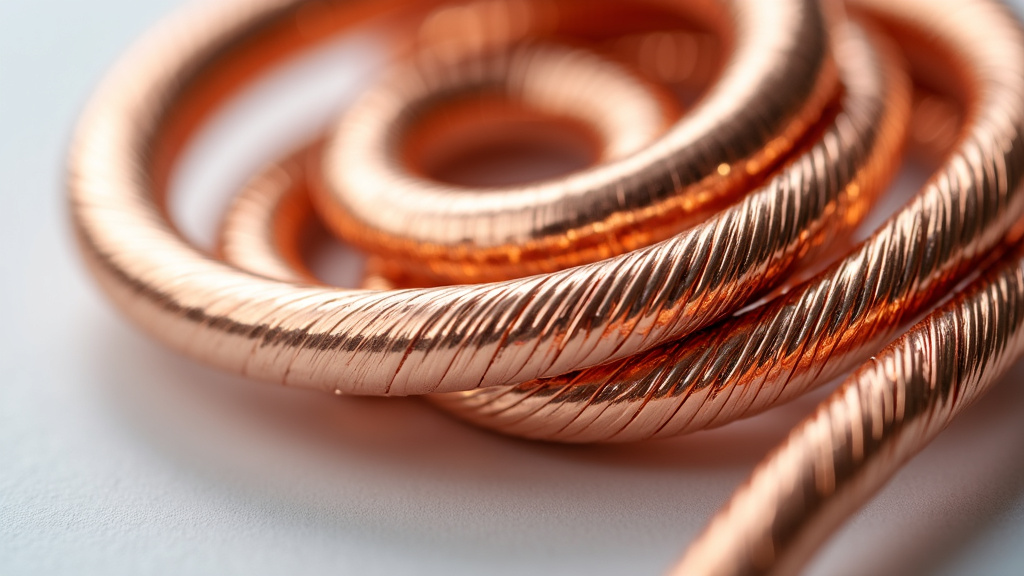
The value of copper recycling extends beyond financial gains. By 2030, copper demand for renewable energy technologies is expected to increase by 900% annually. Recycling this ‘red gold’ is essential for meeting sustainability goals. Each ton of recycled copper saves up to 85% of the energy required for primary production, significantly reducing CO2 emissions and preserving natural habitats from the damage of expanded mining.
As regulations tighten and consumers demand greener products, businesses that prioritize responsible copper recycling will stay ahead. Advanced sorting technologies and innovative processing methods are unlocking value from complex waste streams, turning today’s electronic scrap into tomorrow’s critical infrastructure.
The copper recycling industry is set for transformative growth, but realizing its full potential requires collaboration across the entire value chain. From product designers incorporating recyclability into their creations, to consumers properly disposing of copper-containing goods, to recyclers investing in advanced recovery techniques, everyone has a role in building a circular economy for this indispensable metal.
Consider your role in this sustainable future by reassessing your copper recycling practices. Partnering with experienced recyclers like Okon Recycling allows you to maximize the value of your scrap while contributing to vital environmental conservation efforts. Contact Okon Recycling at 214-717-4083 to learn how we can help transform your waste into opportunity, creating a brighter, greener future for generations to come.
